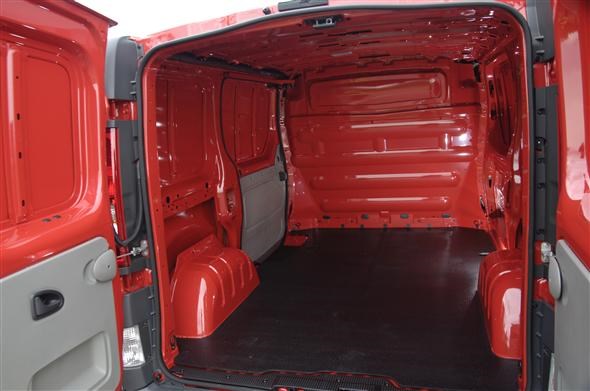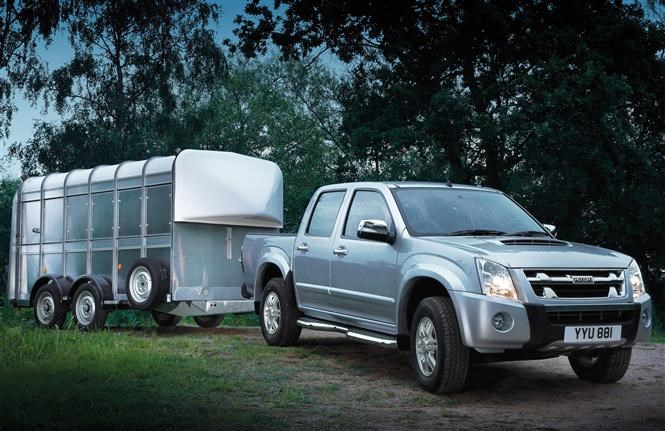Choosing the right van can be a tricky decision even when you’ve managed it down to a single model, there are wheelbases to take into consideration, roof heights, power ratings and, now more than ever, the layout of the driveline.
Our recent test of the new Vito is a testament to this, while the choice of rear or front wheel drive has been an option on a number of large panel vans for some time now, Mercedes-Benz are the only manufacturer to offer this option in the medium panel van market.
Therefore we thought we’d take the opportunity to examine the advantages and disadvantages of both to help you decide which could be best suited to the nature of your business.
Front Wheel Drive

The first obvious advantage of FWD vehicles is weight; the much shorter drive shaft means that FWD vans have a lighter kerbweight than RWD versions. This not only allows for a greater payload, but it also improves fuel economy due to less rolling resistance.
If you place a RWD and FWD version of the same van side by side you’ll notice the load bed for the RWD version is a lot higher than that of the FWD. This is due to the extra space required to house the driveline in and around the rear axle, which consequently eats into the load volume.
When unladen, FWD vans benefit from much greater traction as the vast majority of the vehicle’s weight is centred over the front axle. Obviously, this only works if the load space is empty and a fully loaded van would be better suited to a RWD layout.
The upfront cost of a FWD is also usually considerably less than a RWD, due to the fact there is fewer components. There is around £1,000 difference between entry level Renault Masters, for example, depending on the layout.
Rear Wheel Drive

Rear wheel drive has the obvious advantage when it comes to towing. The weight from the trailer pushes down on the rear axle and lifts the front, which means the rear wheel drive vehicles benefit from greater traction on grip. The same can also be said for those regularly carrying heavy loads in the back.
Drivers of rear wheel drive vans often rave about the ride and handling, too. Rather than having all the weight concentrated at the front, RWD vans spread the weight over the length of the vehicle, which creates better balance.
Torque steer, or lack of, is also a key argument van drivers put forward for RWD vehicles. During heavy acceleration, front wheel drive vans have the tendency to pull to one side caused by an imbalance in the distribution of power to the front wheels.
Some also argue that rear wheel drive vehicles are cheaper to run, because of their durability and ease of service. Front wheel drives have a lot of components packed into a tight space around the front wheels (steering, suspension, brakes, driveline), and having to replace or repair one part could mean having to remove a number of other components.
These constraints also mean that CV joints attached to the wheel hub in FWD vans have a tendency to wear out quicker than the universal joints typically used in RWD counterparts.
List of vans
Hopefully this article should have helped you to decide if RWD or FWD is better suited to you. The following list shows which layouts are available on the different models of medium and large vans, click on any of the below to view the latest deals in our Vans for Sale section.
Small panel vans aren’t included as they are all front wheel drive.
Mercedes-Benz Vito (RWD/AWD) Front wheel drive from 2015
Mercedes-Benz Sprinter (RWD/AWD)
Toyota Proace (FWD)
Volkswagen Transporter (FWD/AWD)
Volkswagen Crafter (RWD)





